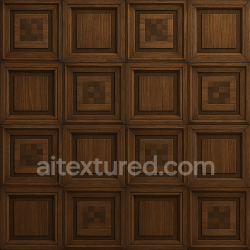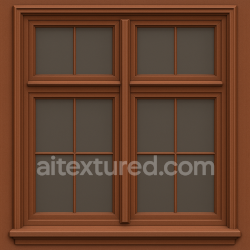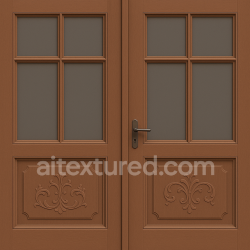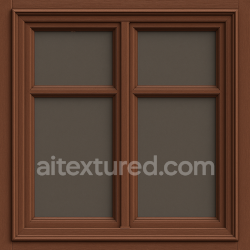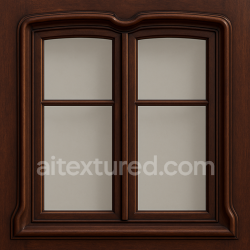Architecture Textures – Seamless PBR Materials for Walls, Facades, Floors & Urban Surfaces
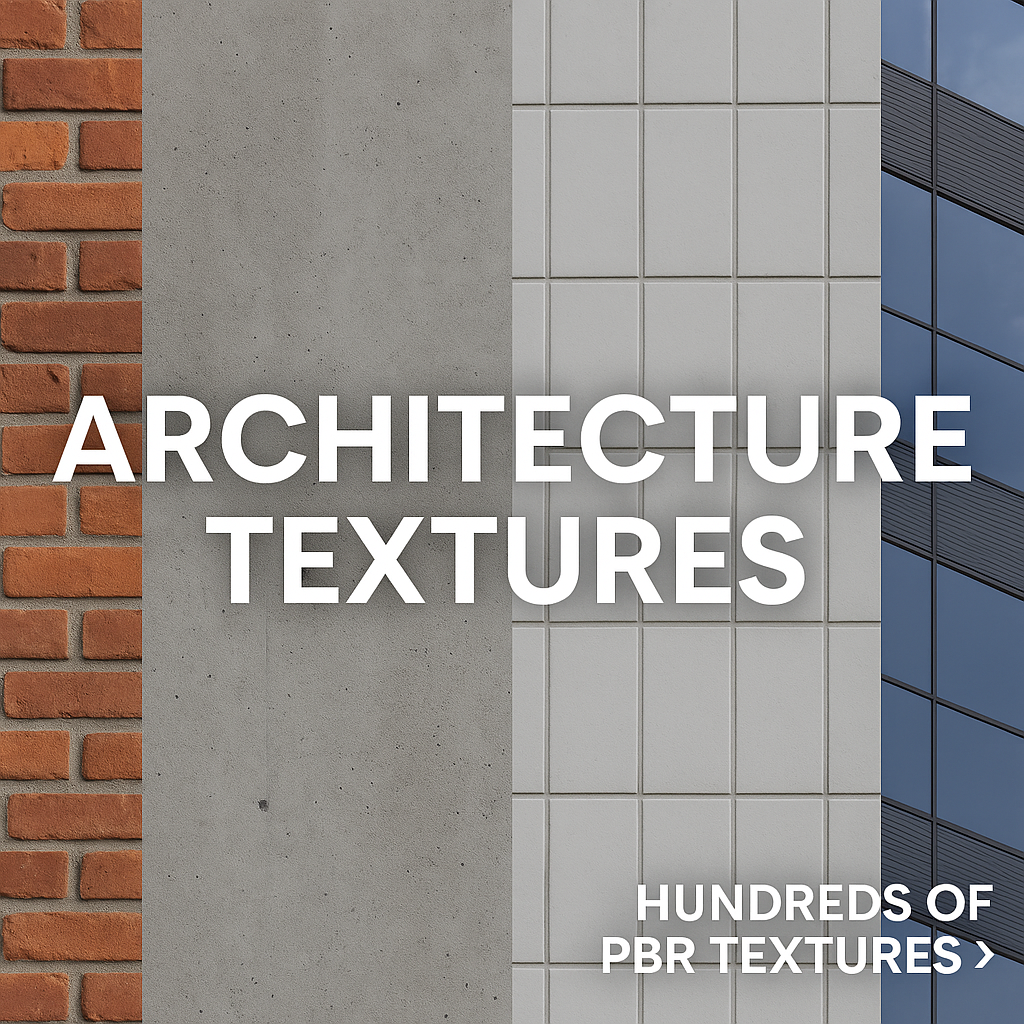
Unlike generic packs, our textures are captured or generated under controlled conditions and standardized through an in-house pipeline. Every item includes the core PBR set — Albedo (Base Color), Normal, Roughness, Ambient Occlusion, Height — and, when relevant, packed ORM (R=AO, G=Roughness, B=Metallic) for Unreal Engine. All surfaces are seamless and optimized to avoid visible tiling on large facades and floors.
1) What’s inside the Architecture section
The category focuses on real-world building materials and urban elements you use daily in archviz and environment design:
- Concrete — smooth cast concrete, board-formed, exposed aggregate, stained, weathered.
- Brick — modern clay brick, old masonry, painted brick, decorative bonds.
- Ceramic & Porcelain Tiles — glossy, matte, textured, grout variants.
- Architectural Metals — anodized aluminum, Corten, stainless steel, perforated sheets.
- Stone + Granite / Marble — cladding, panels, pavers, steps.
- Roofing — ceramic shingles, slate, metal seams, bitumen.
- Wood — facade slats, decking, parquet patterns.
- Glass (where applicable) — frosted, ribbed, patterned (with additional masks or roughness profiles).
- Plaster & Stucco — smooth, sanded, scratched, decorative coatings.
- Asphalt & Urban Ground — road mixes, sidewalks, tactile tiles, resin floors.
Each texture is versioned in resolutions of 1K, 2K, 4K, 8K (when available) and follows uniform naming and map conventions so you can swap materials mid-project without breaking nodes or shaders. The section updates continuously with fresh items sourced from scans, procedural generators, and curated datasets.
2) PBR maps and how they’re prepared
To guarantee cross-engine fidelity, every architectural texture is normalized and exported with a consistent set of maps:
- Albedo (Base Color) — diffuse color; no baked light/shadows to preserve physically based behavior.
- Normal — tangent-space details derived from height and micro-relief; calibrated strength to avoid “plastic” look.
- Roughness — micro-reflection control; higher values = matte, lower = glossy. For tiles, grout vs. glaze is differentiated.
- Ambient Occlusion — soft contact shadows in cavities; multiply with Albedo (or use as AO input) for subtle depth.
- Height / Displacement — adds relief for close shots (parallax or true displacement in offline renders).
- ORM (packed) — R=AO, G=Roughness, B=Metallic — for UE/GLTF pipelines to reduce texture count.
All exports are in calibrated sRGB for color maps and linear for data maps where required by specific engine setups. File formats are PNG for lossless quality, with optional WEBP mirrors for web-preview performance. ZIP bundles deliver the full set in one click.
3) Use cases by discipline
Architectural visualization
Create consistent exteriors and interiors: concrete cores, brick facades, ventilated cladding, large-format tiles, polished granite lobbies, matte plaster walls, metal soffits, weathered roofs, terrazzo floors, and more. For spec compliance, match the roughness to the finish schedule (e.g., R10/R11 for tiles, gloss ranges for metals).
Games and real-time
Efficient materials for city levels, open-world facades, modular kits. Use Mapper to generate engine-specific variants (UE ORM, Unity MaskMap/MetallicSmoothness). Convert to WEBP for UI or previews with the Image Converter.
CGI / VFX
High-bit-depth exports for close-ups and hero shots. Height maps support parallax or true displacement. Mix with PNG Assets (decals and overlays) for storytelling: stains on plaster, water streaks on concrete, moss on stone, fingerprints on glossy tiles.
4) Practical material recipes
Concrete (fair-faced)
- Roughness: mid-to-high (0.55–0.75). Lower for sealed concrete floors.
- Normal: moderate strength; add subtle pores and board marks.
- Decals: light streaks, efflorescence overlays (PNG) for realism.
Brick (modern clay)
- AO: slightly boosted to accentuate mortar joints.
- Roughness: bricks slightly shinier than mortar; use a mask or paint by vertex where needed.
Ceramic tile (glossy)
- Roughness: 0.05–0.25; grout at 0.6–0.8.
- Normals: very mild; edges and bevels dominate.
Ventilated facade (anodized aluminum)
- Metallic: 1.0 with measured roughness 0.15–0.35.
- AO: minimal; rely on geometry and shadowing for panel gaps.
5) How to integrate quickly in major engines
Blender (Principled BSDF)
- Base Color ← Albedo (sRGB).
- Roughness ← Roughness (Non-Color).
- Normal ← Normal Map node (Non-Color).
- AO → multiply with Albedo or use as separate input with a mix.
- Height → Bump/Displacement (use Adaptive Subdivision for true displacement in Cycles).
Unreal Engine
- Base Color ← Albedo.
- Normal ← Normal.
- ORM ← plug R→AO, G→Roughness, B→Metallic.
Unity (URP/HDRP)
- Base Map ← Albedo.
- Normal ← Normal (DX/GL green channel fixed by our Mapper).
- MetallicSmoothness (A) / MaskMap ← from our engine pack.
6) Performance & file management
- Choose resolution per shot distance: 8K for lobbies and marketing stills, 2K–4K for mid-range facades, 1K for far assets.
- Use Image Converter to WEBP for previews/GUI; keep PNG for master materials.
- Prefer packed ORM to cut sampler count in Unreal and GLTF pipelines.
7) Complement with decals and overlays
Architectural scenes often need subtle imperfection to feel real. Combine base materials with transparent overlays:
- Grunge & Stains — rain streaks on panels, dirt at plinths.
- Surface Overlays — micro-scratches on glossy ceramic or metal.
- Nature Decals — moss at damp corners, leaves on paving.
8) Live 3D preview & downloads
Every item page in the Architecture section includes the 3D View button to rotate and inspect the texture on spheres/planes with studio lighting. Use the resolution selector to grab 1K / 2K / 4K / 8K PNG, or the full PBR ZIP containing all maps (Albedo, Normal, Roughness, AO, Height, and ORM when applicable).
9) Related sections worth exploring
10) License
Textures in this section are offered under CC0 (public domain). You may use them in commercial and personal projects without attribution; a link back to AITEXTURED is appreciated.
